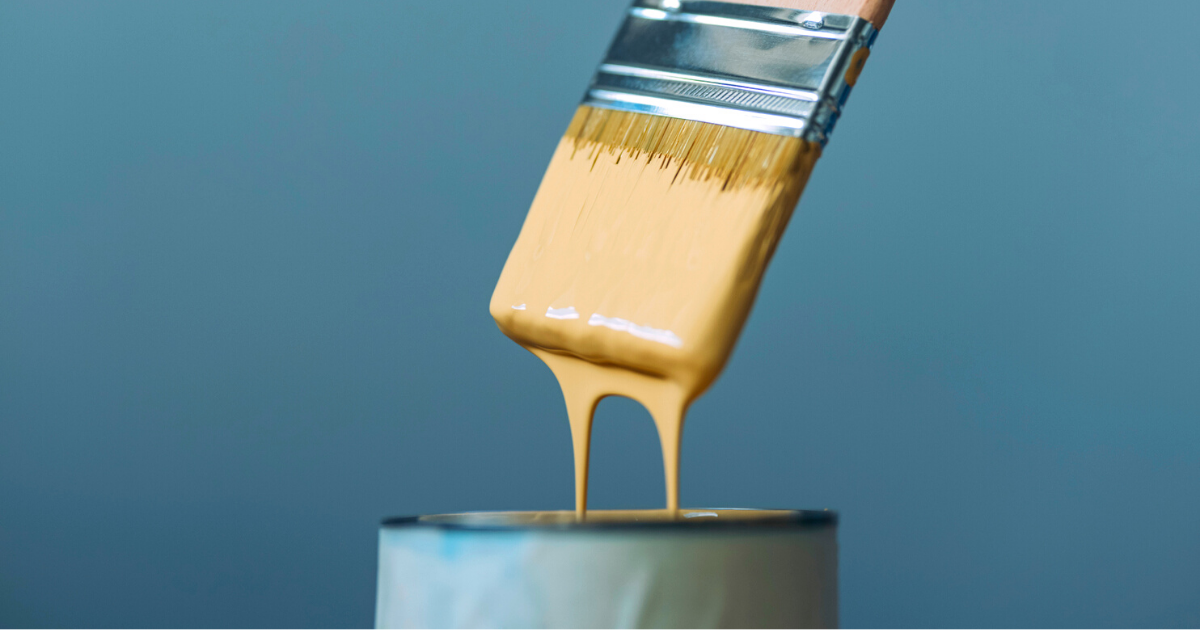
by:
Painting a room or accent wall can be fun, but it can also be intimidating. At Security First Financial, we want to help you avoid expensive mistakes. Here are some ideas to make your next paint job a little easier.
Choose Your Paint
How you choose the paint will vary depending on whether you are doing touch-ups, adding an accent wall, or painting an entire room. Whatever your goal, your local hardware store should be able to match a color if you have a sample. If you need to sample a color you already have, you can use a pocketknife to chip off a piece of the paint from a less visible area.
If you are choosing a new color entirely, try to think about how that color makes you feel. When in doubt, choose a lighter shade. Bold colors can feel abrasive when covering a large area.
Try It Out
Before you buy a full gallon of paint, see if you can get a sample pot. Sample pots are small containers of paint you can use to try out a color. Colors can look different in a room depending on lighting, texture, and paint type, so don’t skip this step. Put up a splotch or two and see what works.
Warning: If you’re undecided on painting the area, make sure you have some of the original color to paint over the splotch!
Figure Out How Much You Need
To figure out how much paint you need, first you’ll need to figure out the square footage of the wall(s) you are going to paint. Multiply the length and the width, and don’t forget to subtract windows and doors.
Once you have that number, divide by 350, and that should give you roughly the number of gallons of paint you will need
If you don’t want to do the math, just take wall measurements and find an online calculator. Alternatively, you can take the measurements with you to the hardware store.
Get the Right Tools
Once you have your paint, you will likely need the following:
- Spackle and spatula for pre-painting repairs
- Metal paint scraper to get rid of peeling paint before sanding
- Fine grit sandpaper to even out textures
- Soap and water for cleaning
- Painter’s tape to section off non-paintable areas
- Drop cloth to protect floors and furniture
- Sponge brushes with angles for corners
- Edgers
- Paint roller frames
- Roller covers
- Paint tray
- Gloves
Yes, it is a long list of supplies, but having the right materials will make the job easier and prettier in the long run!
Prep Your Space (and Your Outfit)
Put down the drop cloth and section off the non-paintable areas with your painter’s tape. Use gloves if you can, and make sure you are wearing paint-friendly clothes. You are going to get messy.
Have Fun!
With the right materials, you are ready to go! Use light, even strokes in the same direction, and let the paint dry between coats. If you are just doing touch-ups, don’t forget to feather out the edges with a sponge. If you need to take a quick break, wrap your rollers in plastic bags. This will keep the paint wet so you can easily pick up where you left off. Make sure to wash your tools with soap when you’re all done. The best place to do this is usually outside with the hose.
Need cash for a home improvement project? Contact us for financing options.
-(1).png?sfvrsn=bb549c79_0)